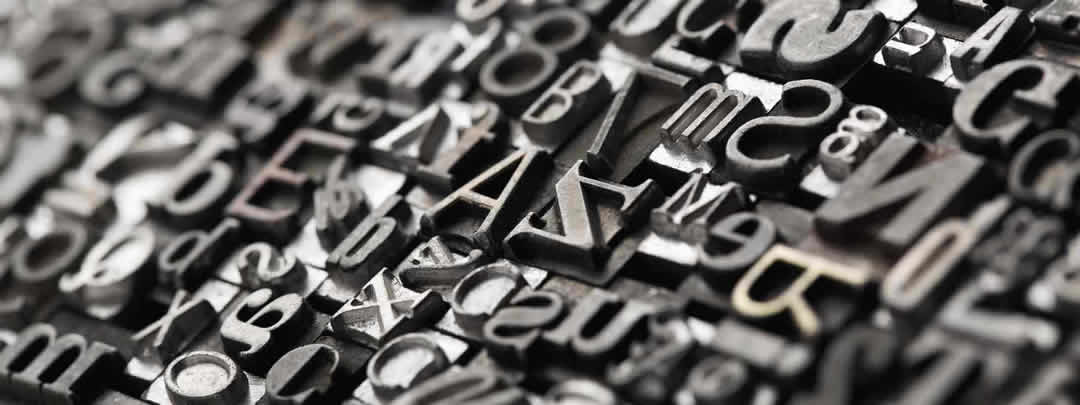Why Typography Matters In Design
Rich Archer
Digital Designer
March 6, 2018
You’ve worked hard to get to where you are with your signage project. With your team, you have decided on just the right copy. Perhaps you’ve gone through several colour choices to land on just the right hue. No doubt it has been a big project. Unfortunately, all of this work you put into relaying your message can be in vain if your audience never gets it.
Before you can mark this project off of your to-do list, it’s important to ask yourself, “who is receiving the actual message?” Exploring the answers to this question can help you come up with the design that’s just right.
I recently gave a presentation on the how typography helps achieve these essential design goals. Let’s dive into some of the insights and tips we discussed in that lesson to get a fuller understanding of the importance of typography.
CUT THE EXTRANEOUS INPUT
In my webinar on this topic, I showed a digital sign filled with all kinds of problems. If I hadn’t been presenting on it, I would have wanted to avoid it altogether. The sign wasn’t the problem, of course, the typography was.
As a reader, it was nearly impossible to tell what the designers wanted me to get from the piece. There was no immediately apparent hierarchy that could have signalled to my brain what information was necessary and what was less so.
The core of the problem was that there was too much on it. To better serve the audience, I would recommend cutting everything that does not communicate information. If it doesn’t get us to the preferred condition, let go of it.
TYPOGRAPHY TIPS
Effective typography tells the audience what’s the most essential information on the screen before they even realise it. In fact, the best typography should go unnoticed by those who don’t love the design. It should work seamlessly. Here are a few ways to make that happen:
Check Your Brand Guide
Does your digital signage match the rest of your brand, or does it seem out of place? An excellent brand guide tells you what fonts, colours, size, and spacing to use. If you do not have a brand guide yet, take this opportunity to build one.
Stick to Sans Serif
In your brand guide, you may have both serif and sans-serif fonts. Serifs are the little marks at the ends of letters. Sans serif fonts, like Arial, do not have these marks. For digital signage, it’s typically best to stick to sans-serif fonts, as they tend to be more readable.
Pair Fonts
If your sign needs to convey a lot of information, you need to make a hierarchy that’s easy for readers to identify. Consider using your sans-serif fonts as headers and serif fonts as body text. When in doubt, use Arial. Establish a set of rules about this hierarchy or consult your brand guide. Remember that you can also use different weights, like bold, to communicate the visual authority.
Three-Font Max
It’s great to pair fonts, but don’t overdo it. Try to stick to just two or three fonts per project. Too many can make the screen chaotic, like in the example above.
Font Size Matters
In the digital signage world, the size of the typography is key to readability. If you’re not sure, go bigger. Think about the distance the sign will be from your audience. If they are about 20 to 25 feet away, consider a one-inch height. The further away you need your audience to be, the bigger the font needs to be.
Consider Casing
At first thought, it may seem like a great idea to use all-caps on your sign. However, that can make it difficult for people to see the full shape of the word. When possible, avoid typing whole words in upper-case. If you need to communicate that a particular piece of information is vital, try a different weight instead.
Thoughts on Spacing
Spacing is perhaps the most crucial part of making your typography useful. In my work, I use line heights to guide my spacing choices. For example, if you have big chunks of text, you may want to put two line heights in between each.
Furthermore, you can use a grid to ensure that your spacing is even. If spacing is even slightly uneven, it can be a significant distraction. Play with your alignment a little, but know when to stop fiddling with it.
Less is More
Don’t take a paragraph to say what you could communicate with one sentence.



